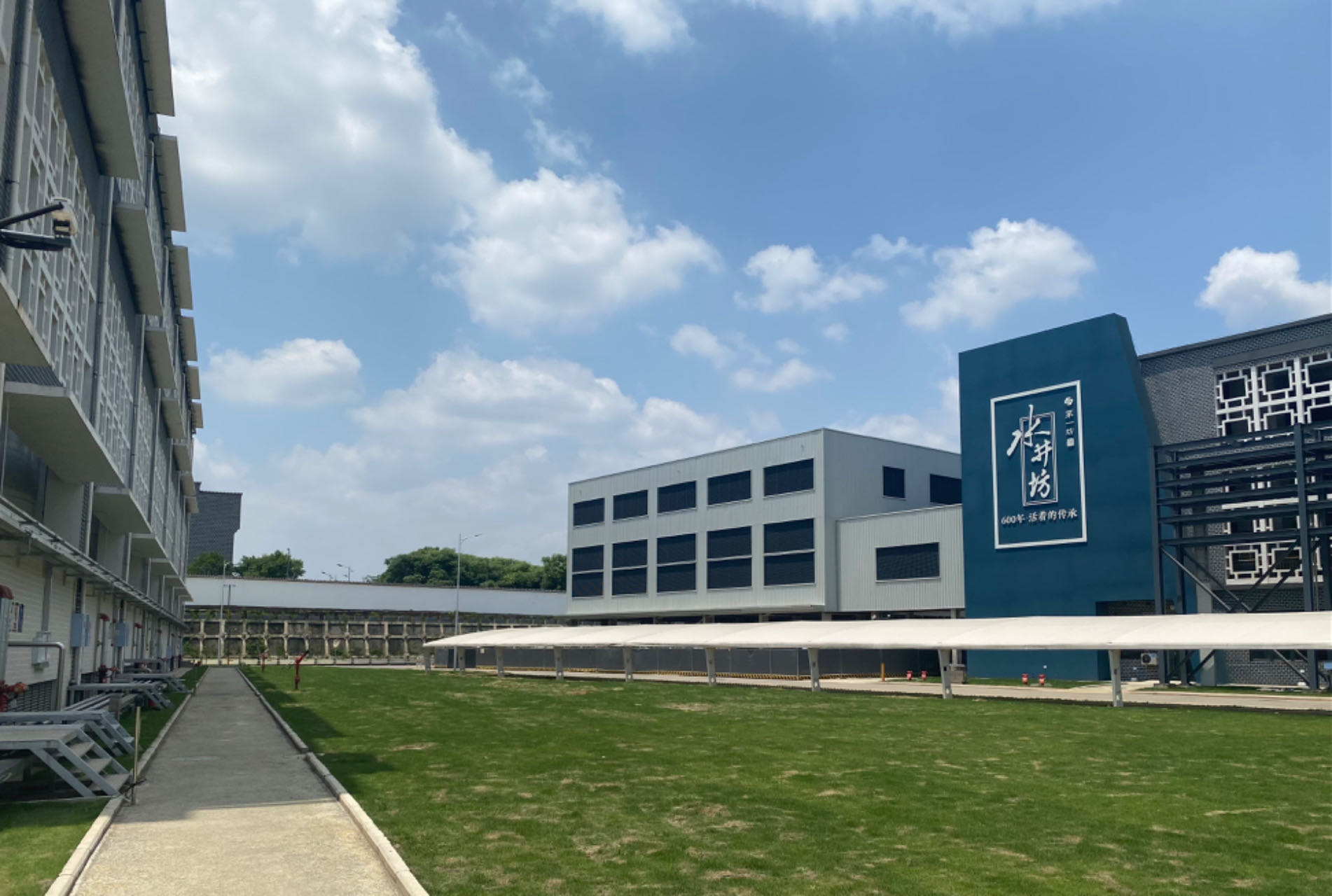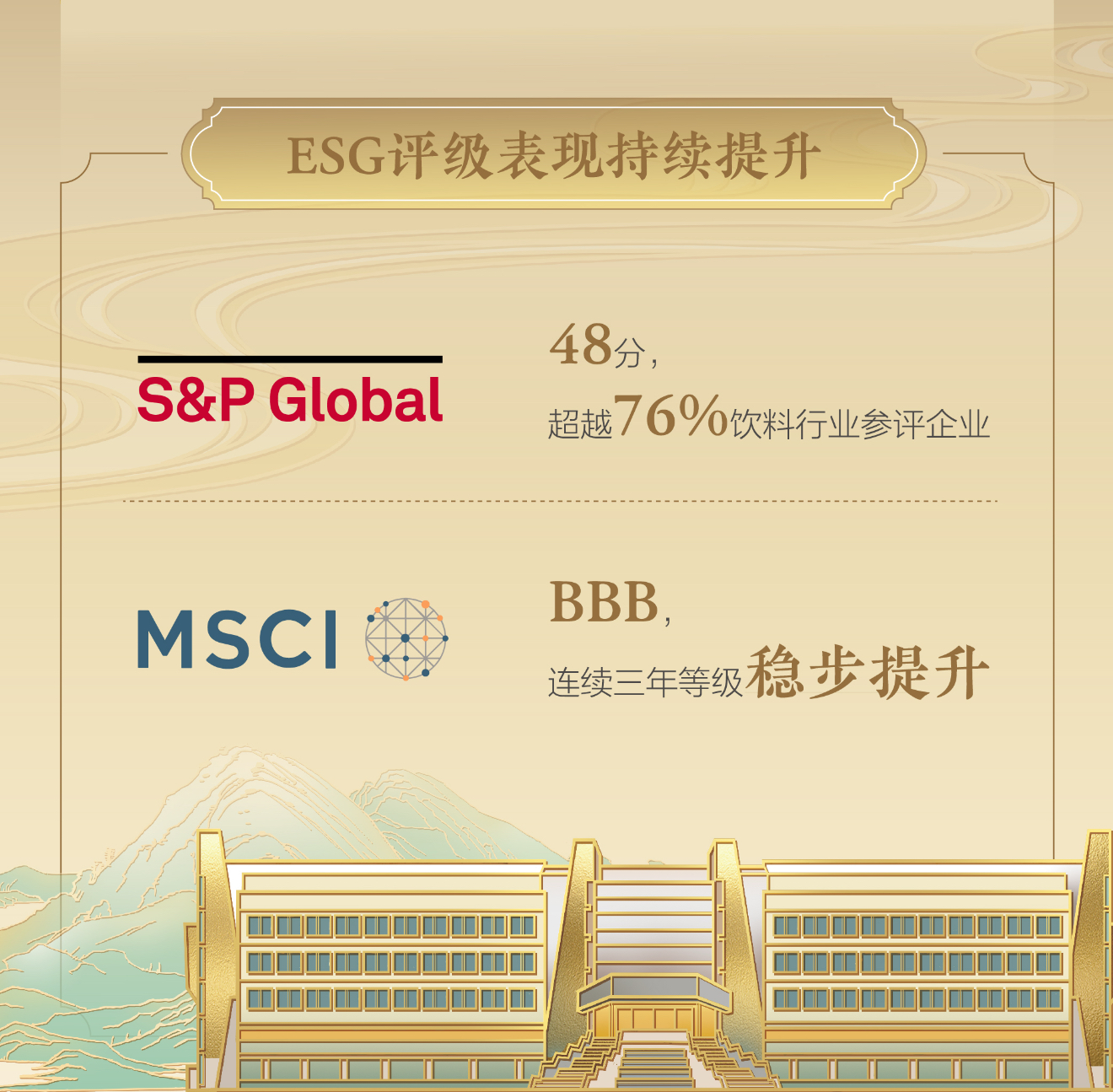
Tranalysis
In the first five months of this year, the number of foreign-funded enterprises with import and export performance in China broke through 73,000, setting a five-year high for the same period. The attitudes of the China-Denmark Chamber of Commerce, the German Chamber of Commerce, and the American Chamber of Commerce in China also confirmed this trend - European and American companies are full of momentum for new technology cooperation in the Chinese market. Foreign capital continues to increase its bets on China, which is behind a strong confidence in the stability of China's high-quality development and the certainty of its high-level opening up to the outside world. At present, China is accelerating the opening up of institutional types, introducing the \Stabilizing Foreign Investment Action Plan for 2025,\ revising and expanding the \Catalogue of Industries Encouraging Foreign Investment,\ and including cutting-edge fields such as high-end manufacturing and digital economy in the policy dividend circle. China's huge market capacity, continuous innovation breakthroughs, and huge demand for new industries and new business forms are driving foreign-funded enterprises to accelerate investment in new quality production forces and deeply integrate into China's innovation chain. The cooperation model of \R&D in China, export to the world\ has become popular, forming a virtuous cycle of market, enterprises, and resource elements.
Observing the deep motivations for foreign investment in China, single policy preferences are no longer the decisive factors. A complete industrial chain cluster, a large-scale dividend of engineers, and rapidly iterating application scenarios together form an \ecological gravitational field\ that attracts global enterprises. Taking high-end manufacturing as an example, multinational companies not only set up production bases in China but also establish research and development centers and innovation laboratories synchronously, forming a localized closed loop of \market-R&D-manufacturing\. This shift signifies that China's opening up to the outside world has entered a new stage of \systematic empowerment\.
In this wave of openness, the development trajectory of Shuijingfang has become a classic case for observing the deep integration of foreign capital into China's industrial chain. In 2006, the global spirits giant Diageo and the Chinese liquor brand Shuijingfang embarked on a path of cooperation. At that time, there were still restrictions on investments in famous liquor brands, but the Sichuan Province and Chengdu municipal governments, with the courage to reform and try first, listed Shuijingfang as an industry opening pilot. By the end of 2013, Diageo and Shuijingfang further deepened their cooperation trend, becoming a typical successful case of China's opening up to the outside world.

Diageo's investment has not stopped at the capital level, but has been continuously rooted in the Chinese market, integrating the Chinese market into an important position in the industry chain. The scale of investment in the Quanzhou Shuijingfang industrial chain production base project can be seen as the high importance of the enterprise: the first phase has invested 2.756 billion yuan, and the second phase is planned to invest up to 4.048 billion yuan. The base, which integrates brewing, storage, research and development, and packaging into a full-chain benchmark system, is committed to creating a quality highland and the core hub of the industrial chain in the Chengdu area of Chinese white wine. This kind of heavy asset, long-cycle localization, directly drives local economy and employment, which is the materialization of foreign investment's long-term commitment to the Chinese market, and is also the most powerful response to the policy of \optimizing the business environment and protecting the legitimate rights and interests of foreign investment\.
Shuijingfang's \deep cultivation\ extends further into the core areas of scientific research and sustainable development. Its continuous investment in cutting-edge microbiological scientific research on the \No. 1 microbial community\ of the ancient cellars, which have been passed down for 600 years, collaborates with the Institute of Microbiology of the Chinese Academy of Sciences. It decodes the mysteries of traditional brewing with modern technology and actively cultivates the \new quality of productivity\ in the liquor industry. At the same time, the company systematically sets sustainable development goals, leading the industry in energy saving and emission reduction, green supply chain construction, and other fields, continuously gaining recognition from mainstream ESG rating agencies, and achieving the integration of global governance standards with the Chinese market.

From the pathfinders who break through barriers, to the builders who increase investment, layout the entire industry chain, and deeply embed in development, Shuijingfang has clearly outlined the upgrade path of high-level opening up from \opening the door\ to \deeply integrating into the chain.\ Its development confirms a core trend: high-quality foreign investment has transcended the traditional model of viewing China merely as an incremental market, instead, it has rooted R&D, manufacturing, and industrial chain construction in the local Chinese soil, sharing the surging momentum of Chinese innovation.
From the flow of goods to institutional openness, from \investment hotspot\ to \innovation fertile ground\, China is releasing a lasting gravitational pull towards win-win cooperation with the world through a more optimized business environment, broader market opportunities, and a deeper innovation ecosystem. As more foreign-funded enterprises like Shuijingfang deeply integrate into China's industrial chain emerge, the path of high-quality development of China and the mutual benefit and win-win road of global enterprises will become wider and wider. An open China will continue to inject precious certainty into an uncertain world.




